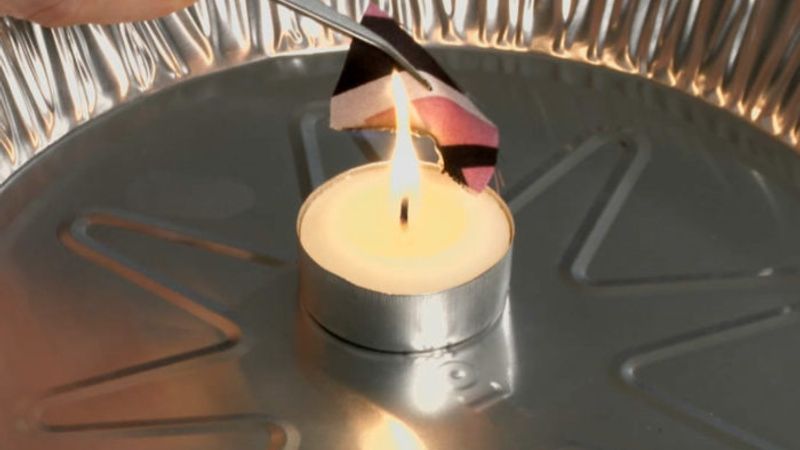
In “Fabric Selection Secrets,” Threads #168 (Aug./Sept. 2013), author Julianne Bramson explores some common fiber types, explains their characteristics and how to care for them. It’s important to understand how textiles behave when you’re choosing fabric for a garment. There are times, however, when the fiber content is a mystery. While there are several ways to identify fabrics, one of our favorites is trial by fire.
In this Threads Essential Techniques video, we demonstrate how to burn swatches for two common fabric types: silk and polyester. We’ve also put together an easy-to-follow chart on how to burn and read the ashes for 10 common fiber types. Arm yourself with these two tools next time you come across an unfamiliar textile.
Have you conducted burn tests to identify fabrics? If so, share your experiences below in the comments section or in the Threads gallery.


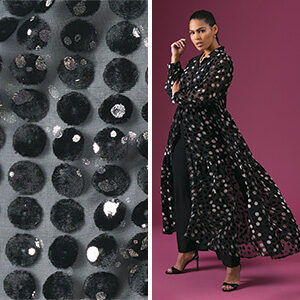
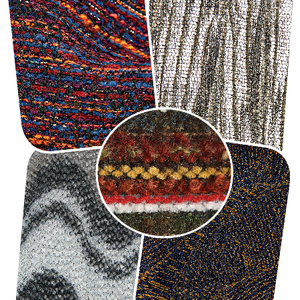
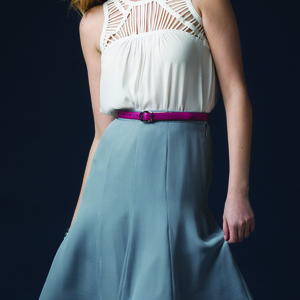

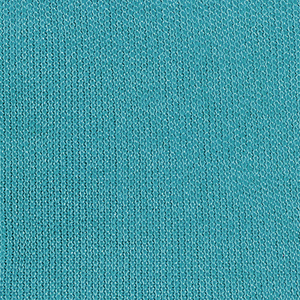





























I have been doing the "burn test" for over 20 years for both fabric and yarn for knitting.
Learned about it from a book by a well-known author.
Great video....
I have found that using the pie plate, candle and long tweezers the best and safest way to do a burn test...
I was taught to do this at school as part of a sewing exam . I had to do my own research and I have never forgotten because of that. just realized that was over 40 years ago !! oh my
A no fail method for proof of what category your mystery fiber is a part of.
I've used burn tests many times. It is invaluable. I've used it a lot to test knitting yarns where I've lost/misplaced the label. It's really helpful to know whether the yarn is wool or not!
Thanks for this. I had been using matches to do burn tests, partly out of convenience, but I will no longer do so.
The trouble comes when fibers are blends. It's much more difficult to tell blends with a burn test, at least that has been my experience.
Using a shot glass with a tablespoon of bleach is also a good way to test if a fabric is a purely proteinous fiber -- silk or wool (as opposed to a plant fiber such as cotton or linen).
Chlorine bleach will dissolve protein so if you put a little piece of silk in a tablespoon of bleach (I use a shot glass) and look hours later, the fabric will be gone! (Which is why you never use chlorine bleach to clean a silk garment.) Not so with a piece of polyester, which will still be in the shot glass no matter how long you leave it.
My dentist once said, "we use a dab of bleach into a root canal -- to make sure all that nerve fiber is gone." That thought was every bit as comforting as a root canal itself.
I have used the burn test for quite some time now. It may not always tell exactly what fabric you have, but it will tell you if it is a natural or synthetic fiber, and that may be all you need to know. A mixed fabric can be tricky, but if you see ash and melt, then you know it is a mix of natural and synthetic.
I belong to a quilt group and I am the Tester. We get donated fabric and we also make items to be donated. Some places only will take things made out of 100% cotton, for instance Ronald McDonald House. We have made pillowcases for them several times, and I test the fabric for them so as to make sure it is 100% cotton.
I also use it on my own stash, as I have fabrics that go many years back. As I can only wear natural fabrics myself, I always check, since I have fabrics that I may have bought for other projects, but haven't yet used. Also mystery fabrics that came from who knows where?
I almost always did this for my beginning sewing classes.
This just goes to show that you are never too old to learn something new. I've always done the burn test over the sink using a match. Plus my analysis was much less complete than yours. So, I really appreciate your article and video.
Thank you SueV for that info about testing blends ( and bleach). What a helpful tip
I have just identified one fabric bought in Leeds market for £1 a metre as pure wool and another (also £1 a metre) as rayon. Thankyou for the info!
Thanks for the printout, especially since the VIDEO IS GONE.
I just love the idea. This is surprising for me...
I have done "bleach painting,"which is using bleach on a fabric that removes the color,as if you were "painting" out a design,so I had to "test fabric" first,cause some fabrics won't let go of their dye,with bleach.,and you can't use them for "bleach-painting.".I did find a silk merchant who said about silk cleaning,"only hand wash silk fabric that is NOT bright colors--THEY will fade."He continued,"Any way you would treat the hair on your head, (cleaning)you can do to silk." (???) I sucessfully hand-washed silk garments in mild, Woollite, for white or beige, it has worked well.--that was good to know. (who was the well-known author?One we know?)